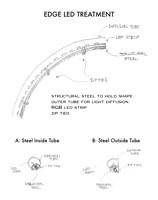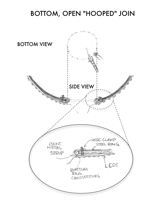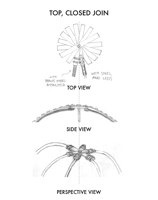Project Team
 |
Erik consults with companies big and small to help them create interactive and engaging digital experiences that their customers love. http://erikburns.com |
 |
Michael is a mad JavaScript hacker and networking genius from the San Francisco Bay Area. He's quick, creative and technically deep. When he's not creating something new in code, he likes to color with markers, and drink flower-infused martinis. http://michaelrienstra.com |
 |
Dave is the driving force behind Lumieria, a multidisciplinary technology design firm operating in multiple areas -- think media, interactive and design meets software, electronics and sculpture. When he's not working on a creative project, he's out playing music, dancing or riding a motorcycle. http://lumieria.com |







